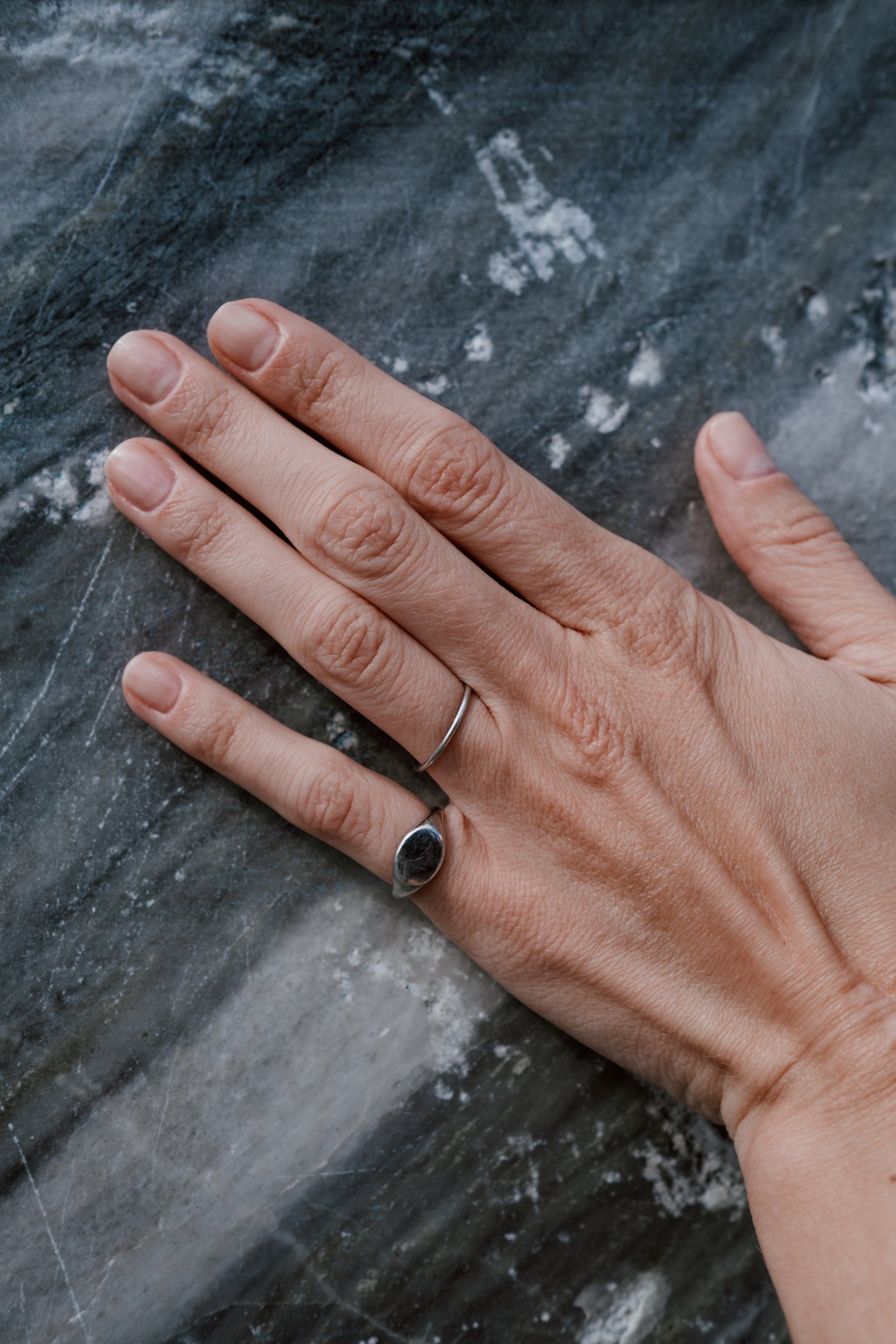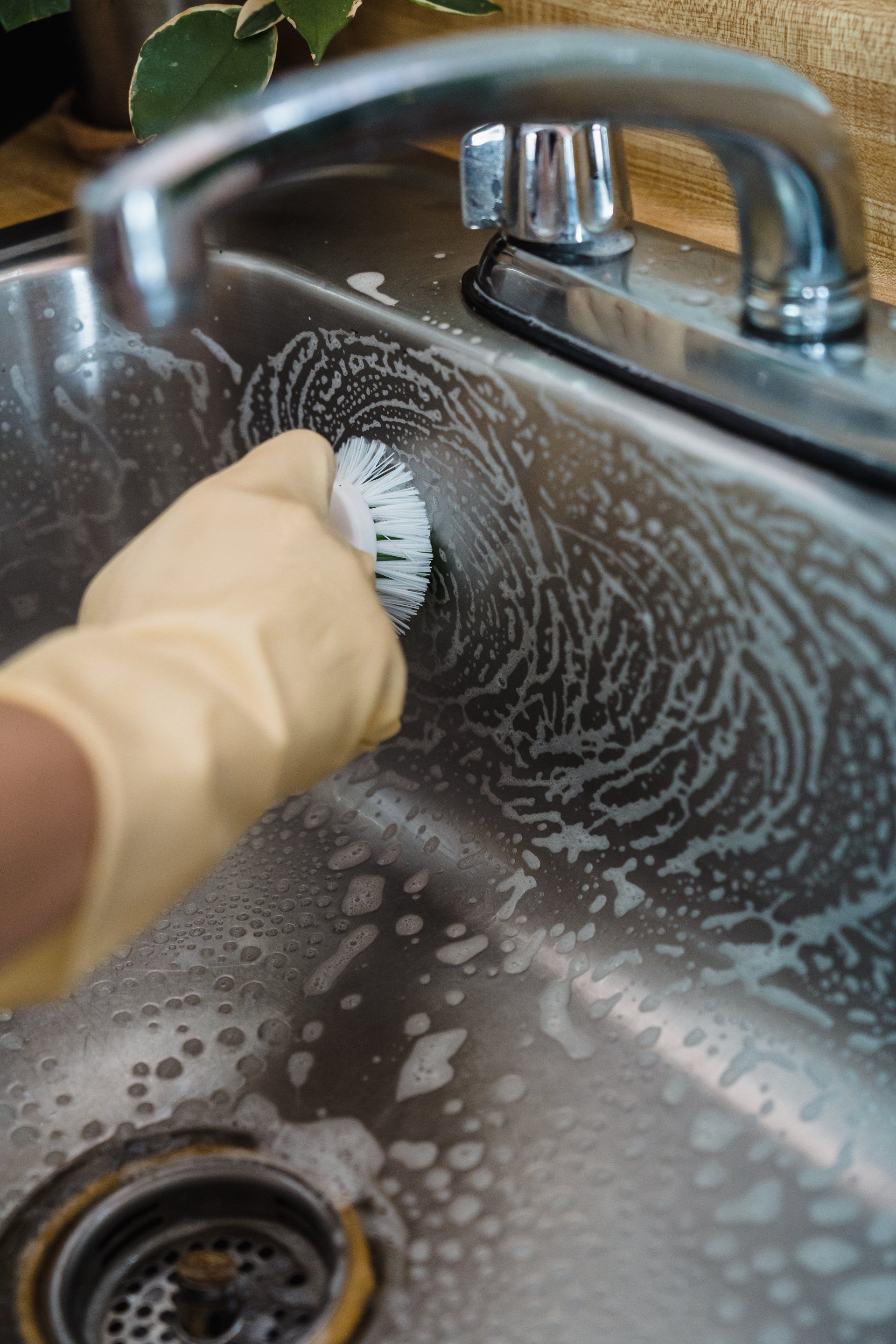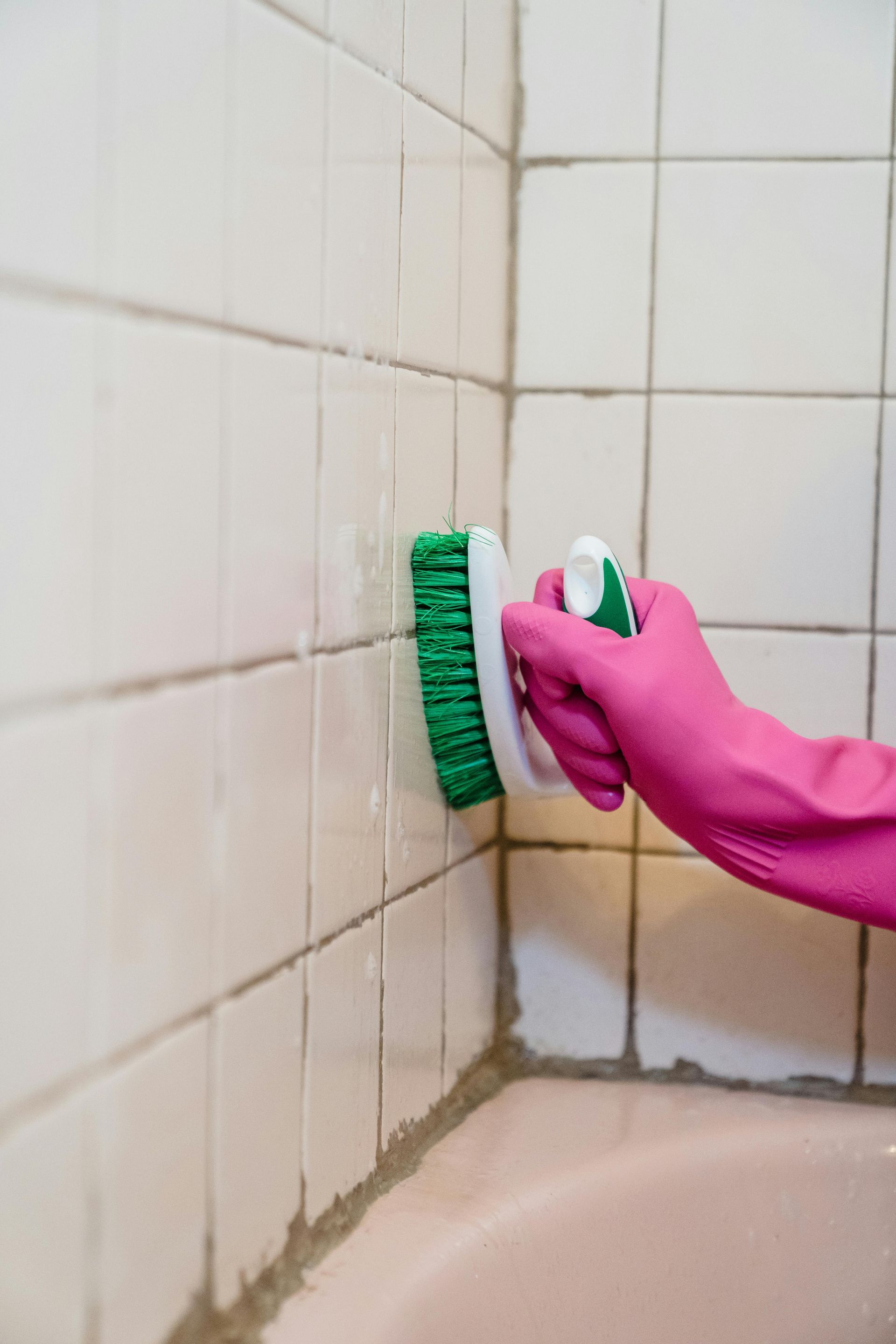Marble vs. Granite
Which Is Better for Your Home?

Choosing the right stone for your home can be a daunting task, especially when comparing two popular options: marble and granite. Each material has its unique qualities, aesthetics, and maintenance requirements that can significantly impact your living space. Ultimately, the choice between marble and granite hinges on your specific needs, preferences, and budget.
As you explore the benefits and drawbacks of marble and granite, consider the visual appeal, durability, and upkeep of each. Marble is renowned for its timeless elegance and luxurious feel, while granite is celebrated for its strength and resilience. Understanding these differences will equip you to make the best decision for your home.
With expert insights from Famous Marble Restoration, based in Los Angeles, CA, you can navigate this decision process with confidence. Let's dive deeper into what sets these two natural stones apart and help you determine which one is right for your home.
Key Takeaways
- Marble offers elegance but requires more maintenance.
- Granite is durable and often more affordable.
- Your decision should align with your lifestyle and aesthetic preferences.
Understanding Natural Stone: Marble and Granite Basics
Natural stones like marble and granite are popular choices for home projects due to their unique aesthetics and durability. Knowing their composition and origins helps you make informed decisions about which stone suits your needs best.
Composition and Origin of Marble
Marble is a metamorphic rock formed from limestone under heat and pressure. This process changes its structure, giving it a distinctive crystalline appearance. Composed primarily of calcium carbonate, marble can come in various colors, patterns, and finishes.
Its origins trace back to ancient geological processes. The impurities in the limestone, such as clay, sand, or iron oxide, influence the stone's color and veining. Due to its beauty, marble has been used in architecture and sculpture for centuries.
Characteristics of marble include:
- Softness: Ranks around 3-5 on the Mohs scale, making it more susceptible to scratches.
- Porosity: More porous than granite, it requires regular sealing.
- Aesthetic appeal: Unique swirling veins add to its elegance.
Composition and Origin of Granite
Granite is an igneous rock formed from cooled magma beneath the Earth's surface. This process results in a dense and durable stone, composed mainly of quartz, feldspar, and mica. Its crystalline structure gives granite its characteristic speckled look.
Granite originates from volcanic activity, which contributes to its strength and resilience. The color variations in granite come from the mineral composition and the cooling process, allowing for a wide range of designs and finishes.
Key features of granite include:
- Hardness: Ranks around 6-7 on the Mohs scale, making it highly resistant to scratches.
- Low porosity: Less porous than marble, requiring less frequent sealing.
- Durability: Ideal for high-traffic areas and surfaces exposed to heat and chemicals.
Understanding these basics equips you to choose the right natural stone for your home, balancing beauty with practical considerations..
Marble and Granite: Comparing Aesthetics
When choosing between marble and granite, aesthetics play a crucial role. Each material offers unique visual characteristics that can enhance your home’s interior and exterior design.
Marble Aesthetics and Varieties
Marble is renowned for its timeless beauty and elegance. Its classic look features soft, flowing veins that create a sophisticated atmosphere in any space. The natural patterns and colors of marble can vary greatly, providing a range of options from pure white to rich, dark hues.
Common varieties include Carrara, Calacatta, and Paulino. Carrara marble features a subtle gray and white pattern, while Calacatta presents bolder, more dramatic veining. Paulino is typically characterized by its deep tones and striking surface, making it suitable for luxurious settings.
The surface of marble is often polished, enhancing its shine and making it a popular choice for countertops, flooring, and decorative elements. However, keep in mind that marble requires regular maintenance to preserve its luster.
Granite Aesthetics and Varieties
Granite is celebrated for its durability and striking appearance. It often features granular patterns, giving it a unique texture and depth. The visual appeal can range from speckled to swirled designs, with colors that include blacks, whites, reds, and greens.
Popular varieties like Black Galaxy, Blue Pearl, and Santa Cecelia each bring distinctive traits. Black Galaxy offers a stunning backdrop with golden flecks, while Blue Pearl showcases a shimmering, iridescent surface. Santa Cecelia, characterized by warm, earthy tones, adds a cozy ambiance to kitchens and living areas.
Unlike marble, granite usually has a more rugged appearance. While it can be polished, it is often honed to achieve a softer texture, making it less slippery. Granite can withstand heavy use, making it ideal for high-traffic areas in your home.
Evaluating Durability and Maintenance
When choosing between marble and granite for your home, assessing their durability and maintenance requirements is crucial. Both materials have unique characteristics that can affect longevity and care.
Marble Durability and Maintenance Needs
Marble is renowned for its elegance but is softer than granite, making it more prone to scratches and dents. It reacts to acidic substances, which can etch its surface, requiring careful handling.
Regular maintenance includes sealing every 6 to 12 months. This helps protect against stains, especially from food and beverages. For cleaning, use pH-neutral cleaners to avoid damaging the stone. Polishing marble periodically helps maintain its shine and beauty.
You should be prepared for minor repairs, as chips can occur. While marble offers a timeless look, its maintenance demands can be higher than granite.
Granite Durability and Maintenance Needs
Granite is celebrated for its strength and resilience. It is significantly more durable and scratch-resistant compared to marble. This makes granite suitable for high-traffic areas.
Maintenance is relatively straightforward. A sealant can be applied every 1 to 3 years, depending on usage. Cleaning involves using mild soap and water. Regular maintenance helps maintain its luster.
Despite its durability, you must still avoid harsh chemicals that could deteriorate the seal. Overall, granite provides a low-maintenance option while maintaining an elegant appearance.
Financial Considerations: Cost of Marble vs. Granite
When choosing between marble and granite, cost is a significant factor. Here’s a simple breakdown:
- Granite: Typically ranges from $40 to $100 per square foot. This option is generally more affordable and comes with various colors and patterns.
- Marble: Costs between $50 and $150 per square foot. It’s often seen as a luxury choice, with a classic aesthetic that appeals to many homeowners.
Factors Affecting Price
Several elements influence the overall cost:
- Material Quality: Higher-grade stones can elevate prices significantly.
- Fabrication: Costs for cutting and finishing can add $300 to $500 to your total, depending on complexity.
- Installation: Professional installation might range from $100 to $150 per hour.
Consider these additional costs when budgeting:
- Edging: Custom edges can add approximately $10 to $50 per linear foot.
- Sink Cutouts: These typically cost around $100 each.
Long-term Financial Impact
While granite tends to be cheaper initially, remember that marble may require more maintenance and sealants over time, influencing long-term costs.
Both materials offer unique benefits, so weigh your preferences and budget carefully. By choosing wisely, you can achieve a beautiful result that enhances your home's value.
Weighing the Pros and Cons
Choosing between marble and granite involves considering various factors, including aesthetics, durability, and maintenance. Each material has distinct advantages and disadvantages.
Pros and Cons of Marble
Pros:
- Aesthetic Appeal: Marble offers a timeless elegance. Its unique veining and patterns create a luxurious look that can enhance any space.
- Cool Surface: Ideal for baking and cooking, marble remains cool, making it a favorite among pastry chefs.
- Variety: Available in various colors and finishes, marble allows for customization to suit your style.
Cons:
- Porosity: Marble is more porous than granite. This can lead to staining if spills are not cleaned promptly.
- Scratching: While durable, marble can be scratched more easily compared to granite.
- Maintenance: Regular sealing is necessary to maintain its appearance and prevent damage.
Pros and Cons of Granite
Pros:
- Durability: Granite is incredibly strong and resistant to scratches, making it efficient for high-traffic areas.
- Stain Resistance: Less porous than marble, granite does not absorb liquids as easily, which minimizes the risk of staining.
- Variety in Patterns: Each slab of granite is unique, offering a wide range of colors and patterns for your design.
Cons:
- Weight: Granite is significantly heavier than marble, which could require additional support during installation.
- Cost: Typically, granite can be pricier depending on the type and finish.
- Heat Sensitivity: Although it can withstand heat, sudden temperature changes can lead to cracks if not handled properly.
By considering the pros and cons of both marble and granite, you can make an informed decision for your home.
Famous Marble Restoration Services in Los Angeles
Famous Marble Restoration offers specialized services that enhance and maintain the beauty of your marble surfaces. With a focus on quality and attention to detail, you can trust our expertise to address your natural stone needs.
Our Expertise in Marble Restoration
At Famous Marble Restoration, your marble surfaces receive the care they deserve. Our technicians are trained to handle various types of marble restoration, including polishing, sealing, and repairing. We utilize industry-leading techniques and high-quality products to restore the original luster of your marble.
Whether you're dealing with dullness, scratches, or stains, our team provides customized solutions tailored to your specific needs. You can expect a thorough assessment and a clear plan for restoring your marble's beauty. Experience and professionalism set us apart in the Los Angeles area.
Maintaining Your Natural Stone with Professional Care
Regular maintenance of your marble surfaces is crucial for their longevity. Our professional care services ensure that your marble remains pristine year-round. This includes cleaning, sealing, and protecting your stone from potential damage.
We recommend a structured maintenance schedule to keep your surfaces looking their best. Our cleaning methods are gentle yet effective, removing dirt and buildup without harming the stone. Investing in professional care not only enhances aesthetics but also extends the lifespan of your marble.
Final Thoughts: Making Your Choice for Your Home
Choosing between marble and granite for your home involves considering several factors.
Aesthetics: Marble offers a timeless beauty with its unique veining, while granite provides a more uniform appearance. Think about the style you want to achieve.
Durability: Granite is known for its hardness and resistance to scratching, making it ideal for kitchens. Marble, while beautiful, can be more susceptible to etching from acidic substances.
Maintenance: Granite requires less maintenance but should still be sealed regularly to prevent stains. Marble needs more frequent sealing and should be cleaned with pH-neutral solutions.
Cost: Consider your budget. Marble can be more expensive due to its luxurious appearance and the difficulty of installation. Granite often presents a more economical choice for larger projects.
Resale Value: Both materials can enhance the resale value of your home, but granite is often preferred by buyers for its durability.
By weighing these factors, you can make an informed decision that aligns with your needs. Think about where each stone will be used, and how it fits into your lifestyle. Visiting a showroom can help you visualize these choices in your space.
Consider consulting with professionals to ensure you choose the right material for your specific requirements.



